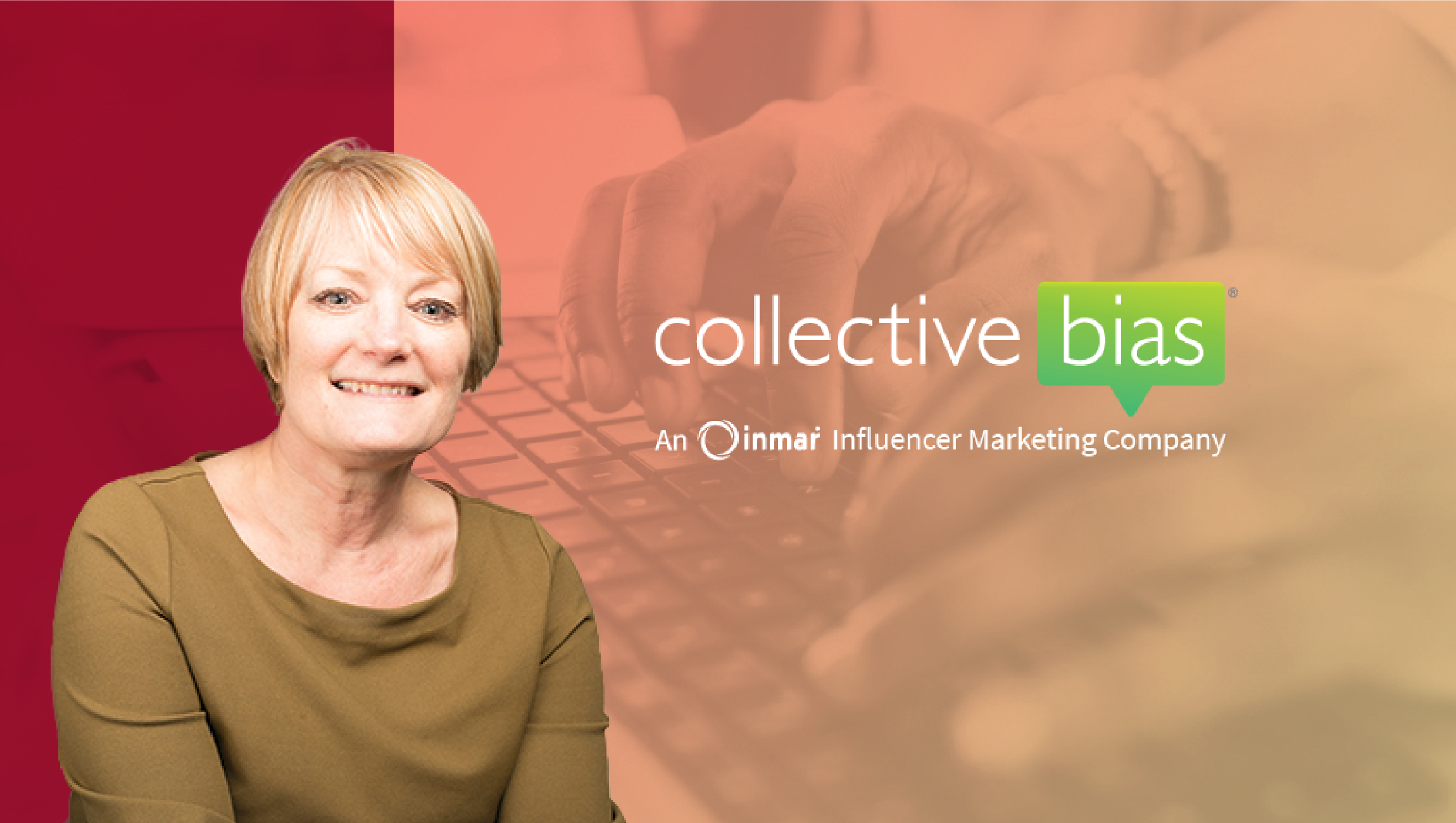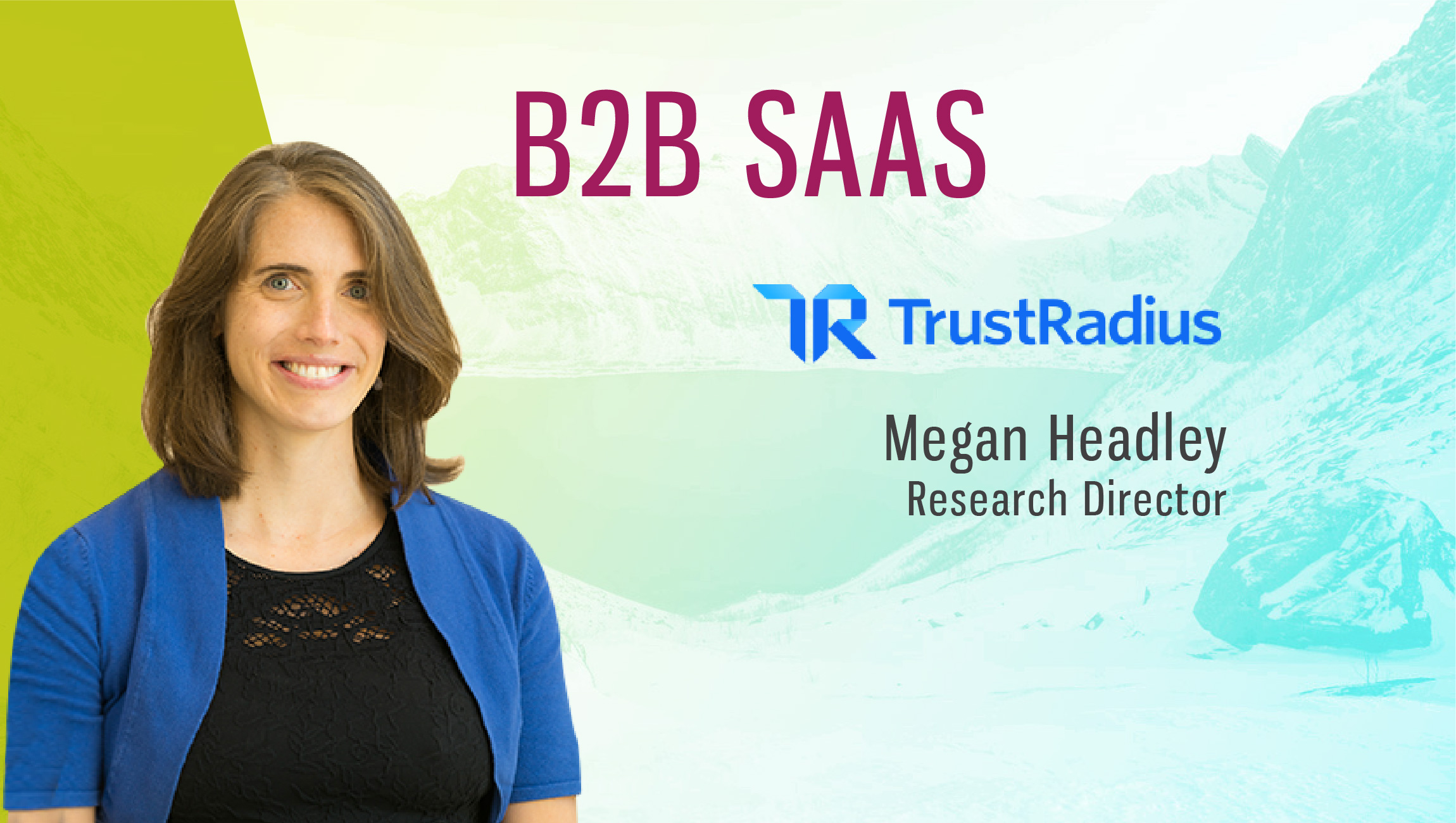[/vc_wp_text]
Tell us about your role and how you got here. What inspired you to be part of Collective Bias?
Back in 2009, I was working at a social media agency and was told to start a blog about marketing to moms. I was fortunate to start it at a time when every brand was looking to work with moms who were bloggers. Through the blog, I got connected to the UN and became a Shot At Life Champion, met two moms and held two fashion shows at Lincoln Center and helped Christy Turlington with her launch of Every Mother Counts with a group of powerful influential moms. Through the blog, I was introduced to the folks from Collective Bias and loved the idea of being part of a company that was doing what I was doing, but on steroids.
How should marketers build a powerful Influencer Marketing campaign?
All too often influencer marketing campaigns are used as tactical executions as part of the marketing mix. Influencer marketing is evolving quickly from the days of self-reported numbers. That’s why I’m so excited about prescriptiveIQ™. It’s the next evolution of influencer marketing and brings a whole new level of sophistication to the discipline. Powerful influencer marketing campaigns start with strategy and insights on everything from geography, market timing, type of content, and influencer selection to looking at co-op opportunities to increase sales or audience growth. And the data stack we’ve built with Inmar’s first-party shopper data, along with things like AI, are allowing us to create more powerful influencer marketing campaigns.
What are the core tenets of Collective Bias’ prescriptiveIQTM?
prescriptiveIQ™ is a data stack that helps provide us with shopper, brand, content and context intelligence. As stated in our white paper, it allows us to get at a marketer’s burning questions like, “Can we combine online engagement data with offline purchase data to understand what motivates shoppers to purchase?” Or “To what degree does identifying products purchased together help shape content and strategy across retail, geographic, and demographic lines?”
How has the maturity of data science and analytics influenced the creation of real-time customized experiences for influencers?
Data science and analytics, when applied to the real-time realm of social and influencers, is a kingmaker of consumers. From a CPG/retail perspective, the maturity of data science helps the marketing industry switch focus rapidly and keep up with dizzying speed of consumer preferences. In old media, CPGs gave voice to their brands and product features through the distribution channels of TV, print, and radio, and used social (new media) sparingly to see if messaging resonated. With new media, influencers and social platforms enabled through data science are a wholly democratized distribution channel. CPGs and retailers increasingly listen to influencers and social channels to understand what they as manufacturers should be focused on to cater to consumer preferences. Consumers, influencers, and social now join with a mix of data science where customers control the distribution channel and increasingly push product features to manufacturers like a boss. Social, influencer and data science has moved marketing from “the customer is always right” to the customer is indeed king. When manufacturers listen and get it right, there is near instantaneous groundswell of approval in social, get it wrong, and like royal decree, a products life cycle ends, and retail doors are shuttered.
What are the major challenges for influencer marketing platforms? Do you see these tools synchronizing with traditional automation platforms, in the future?
There is always a push in marketing to integrate tools and give marketing organizations/teams a single place to launch and measure marketing efforts. The integration of influencer platforms with traditional automated platforms is on the rise, but adoption with a view toward full integration is slow. I see influencer automation remaining a separate automation stream for some time to come. This is not an argument against the unification of programmatic impression based – DSPs and long-form influencer, but an understanding that influencer remains a relatively ad-free experience. Your browser will block popups and Facebook will reduce ad slots to declutter user experience. Long-form influencer content even if sponsored remains an invitation-only/hand-raiser space. The idea of dialing up a rent-an-influencer with complete automation remains unlikely. The authenticity of voice has a price, and that price is in direct conflict with automated platforms for things like banners. Automation is coming to influencer platforms, but most of that will be around making it easier to vet influencers by affinity, voice, and follower demographics and will be less about integration with existing traditional automation platforms that specialize in (DSP) demand-side platforms geared toward programmatic impression media buys.
What are the benefits of leveraging proprietary AI-powered experience performance platforms for the B2B Inmar ecosystem?
Once you arrive at the conclusion that AI can improve experience, you can make more intelligent decisions and the end user need only type in a search box and press a button. The power of AI puts the technology in the hands of the end user in a way that has never been possible. Inmar is able to enrich user experiences using proprietary data with performance in an unparalleled way that reaps benefits long after the technology is developed. On a B2B scale, the customizations in the AI-powered experiences will ultimately transform everything from smarter supply chain optimizations to tailored experience with consumers. The former squeezes inefficiencies out of the supply chain, smoothing product recall in mass, and the latter makes sure businesses have the right products for consumers as tastes shift, coupled with the convenience of easy and faster returns. With proprietary AI-powered experiences, every business has a shot at being Amazon-esque in a smart way, especially as the long-term strategies of businesses realign.
What startups in the martech/ad tech industry are you watching/keen on right now?
In my marketing role, I watch everything influencer-related. It’s a bit of a crazy space and even with the proliferation of influencer solutions, there are new players being funded every day. I’m watching Amazon, which I know isn’t an ad tech company, but they’re dipping their toe into the influencer and the ad space.
What tools does your marketing stack consist of in 2018?
We utilize Inmar first-party shopper data, social and search, engagement data and social platform and category trends, along with third-party research. This data gives us insight into loyalty/segmentation, market basket affinities, and brand/competitor volumetrics. We also look at categorical performance data, conduct a social audience analysis, along with search trends and brand performance data.
Would you tell us about your standout digital campaign?
A salsa client approached CB with a challenge – help them introduce and drive sales of a new item in a crowded category, at their largest retail customer, during one of the busiest seasonal tent poles: football season while targeting Millennial and Gen X Walmart shoppers, who buy a lot of salsa, but not the client’s brand. The goal was to create a campaign that not only introduced the verde flavor to this audience but also leveraged this flavor across a variety of trendy dishes to drive new usage occasions.
We used prescriptiveIQ™ to research category purchase tendencies, social conversation, and market trends, and discovered several emerging trends with which we could align content themes:
- Chili Verde was quickly becoming a trending dish, as identified in social conversation and market basket data
- Pinterest trends identified sheet pan nachos as a heavily searched/pinned topic
- “Totchos” recipes had several viral versions across Facebook, Pinterest, and YouTube in recent months
- Basket data also revealed sandwich-related items were frequently in baskets alongside Mexican and Southwestern flavors, such as salsas, spreads and seasonings
Influencer content ideas were formed around these insights producing success for the client. Campaign content was collectively shared over 40,000 times with users spending an average of nearly 2 minutes viewing content.
How do you prepare for an AI-centric world as a marketing leader?
Today’s marketers need to really understand so much more today and a basic knowledge of AI, Natural Learning Processing, deep learning and neural networks are just a few examples. I recently read a 52-page Stanford University white paper entitled “Artificial Intelligence and Life in 2030.” Preparation, like anything, is all about education.
One word that best describes how you work.
Fast. Otherwise, I’d drown.
What apps/software/tools can’t you live without?
I’ve gotten so I can’t live without Via, the rideshare app. While riding I can write articles, answer emails and make to do lists on my phone. It’s quiet and some of my most productive time going to and from work. And the new healthcare apps like Kinsa, which allows you to take your temperature through your phone, or NYU Langone’s app which connects all my doctors and allows me to email my docs versus an appointment, see tests, schedule appointments saves so much time. I keep it simple and Google docs and gchat works for me in allowing collaboration and efficiency.
What’s your smartest work related shortcut or productivity hack?
I ask co-workers questions through a Google doc without telling them I’m picking their brains for an article I’m writing. Everyone likes to share their opinion.
What are you currently reading?
Most of my reading is online. I have at least 50 Google alerts on various industry topics that I read every day. I am a rabid reader of white papers. I just read two Sparks and Honey white papers on 2018 Trends and their A-Z Culture Glossary. I actually collect white papers.
What’s the best advice you’ve ever received?
Early on I had a boss who told me he never asked anyone to do anything he wouldn’t do himself. He worked hard and I respected him for that so I’ve borrowed his tenet.
Tag the one person whose answers to these questions you would love to read:
I would love to hear Malcolm Gladwell’s thoughts on this.
Thank you Holly! That was fun and hope to see you back on MarTech Series soon.
As SVP, Marketing and Content, Holly oversees our Corporate Marketing, Consumer Marketing, Event Marketing and Creative teams. Prior to Inmar, Holly oversaw Collective Bias’ Marketing & PR.
She has written numerous articles on the topic, including a book called “Inspired”. In 2016, Holly was named one of P2Pi’s Women of Excellence .
Before Collective Bias, Holly was the Executive Creative Director and Managing Director at Big Fuel, a pure play social media agency. She was also the Chief Creative Officer at G2 Direct and Digital, a division of Grey where she was responsible for 360 campaign solutions. She has had had her name on the door of several agencies and is an award-winning creative marketing industry veteran, having won dozens of awards including Addies, Effies, Caples, the Wunderman Award–a lifetime achievement award for creative, as well as the DMA Silver Apple Award.

Collective Bias’ innovative Shopper Social Media platform connects authentic, real-life influencer content with key audiences to impact results at a particular retailer. At the forefront of influencer marketing and measurement, Collective Bias’ proprietary data and technology enables influencer selection and management, resulting in campaigns that drive true engagement and impact sales for leading brands across multiple verticals. Collective Bias was named one of Forbes’ “Most Promising Companies” three years in a row and listed in the “Inc. 5000.” Founded in 2009, the company has offices in New York, Chicago, San Francisco, Cincinnati, Minneapolis and Bentonville.
The MTS Martech Interview Series is a fun Q&A style chat which we really enjoy doing with martech leaders. With inspiration from Lifehacker’s How I work interviews, the MarTech Series Interviews follows a two part format On Marketing Technology, and This Is How I Work. The format was chosen because when we decided to start an interview series with the biggest and brightest minds in martech – we wanted to get insight into two areas … one – their ideas on marketing tech and two – insights into the philosophy and methods that make these leaders tick.











